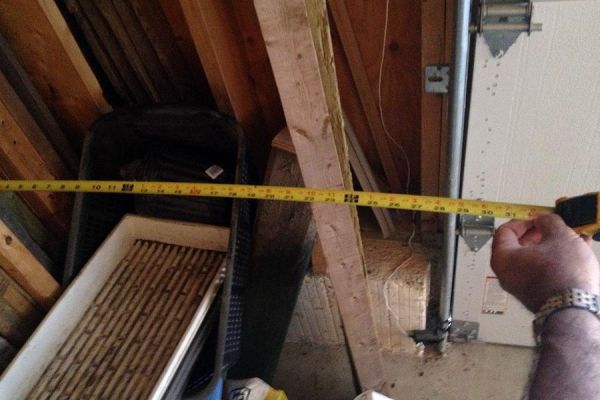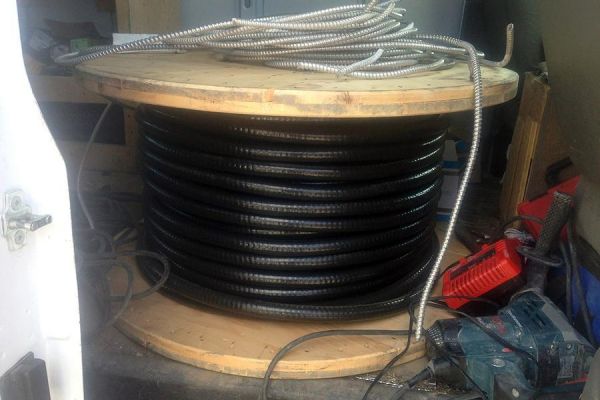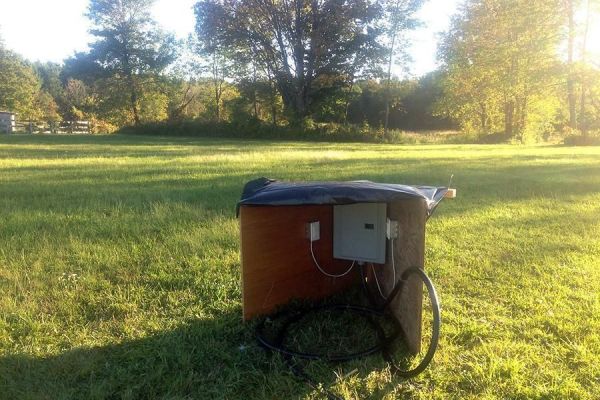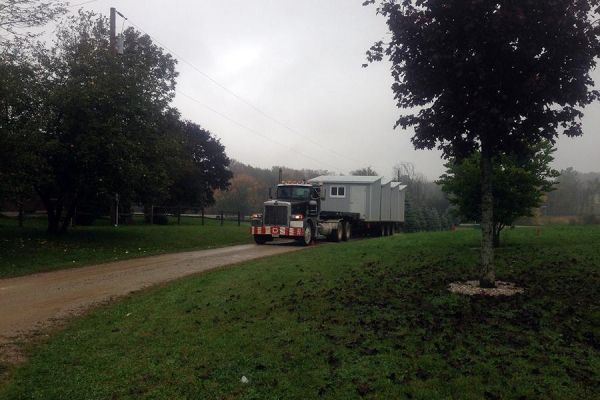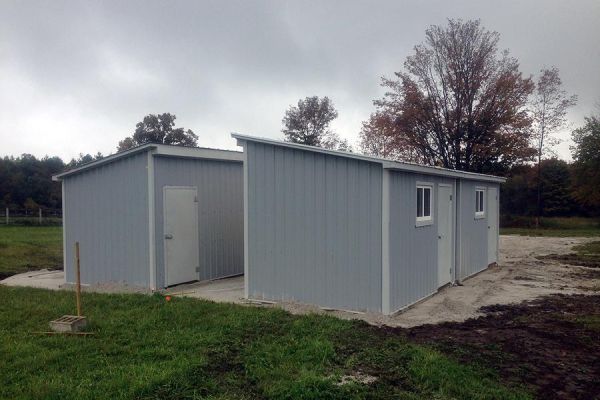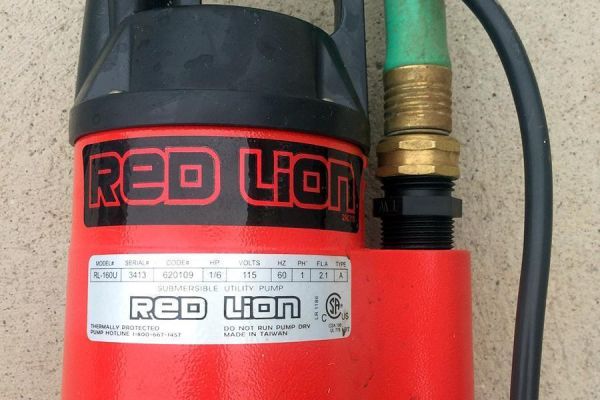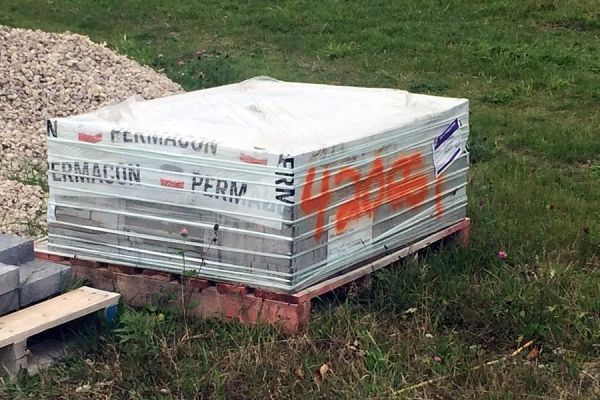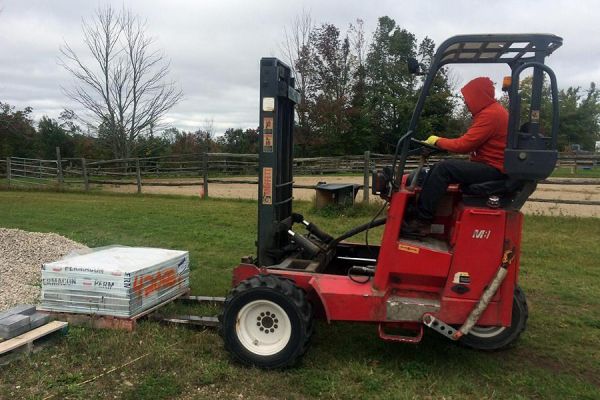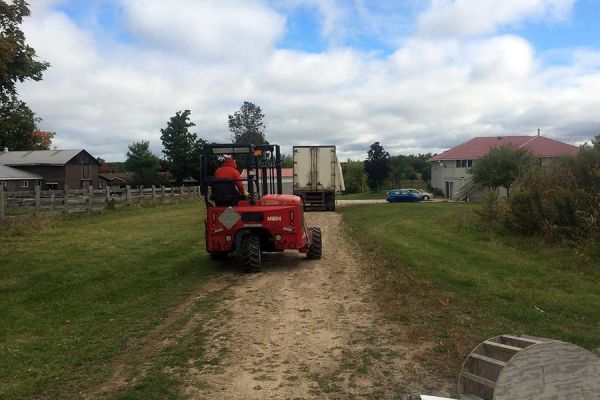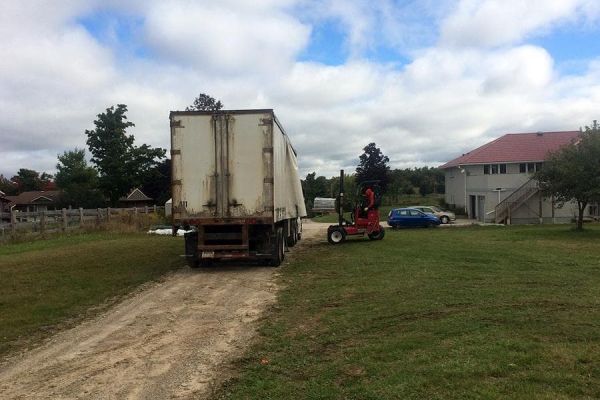Raptor (Birds of Prey) Facilities
Raptor facilities come in a wide variety of shapes and sizes and materials.
The primary design consideration is the protection of the bird from harsh environmental conditions, predators, undue disturbance, and self-injury. Hawkeye tends over compensate and make sure that all our aviaries are well within the margin.
The Ministry of natural resources have not proclaimed any of these guidelines as regulations for law but this is what we use.Even though some countries have generally accepted norms for the proper housing and care of raptors we have to realize that this office deals with Canadian weather and all of its intricacies. Canadian weather as you might expect gets lots of snow and ice and freezing rain, very hot weather in the summer surprise us sometimes over in the high 30deg celcius. The elements are a major concern.
We have used these designs which are time-tested. Innovations have been put to the test and some have faired well some have not. We have made adjustments.
The health and well-being of the bird is every falconer’s first responsibility. With proper equipment and attention to detail a bird can easily be maintained in excellent physical condition. Conversely, damaged feet, cere or excessive feather damage are signs that something is wrong, and it is a falconers duty to find the problem and rectify it without delay.
Hawkeye specifically chose this location for Agricultural based area and zoning so that birds of prey would fit right in.
Mews Requirements
- Vertically Barred windows are the norm as it prevents feather damage. Hawkeye will not use chain link or chicken wire for any vertical sections of the aviary of falcon hoods or giant hoods.
- We generally use materials that will stand the test of time, usually galvanized metal, pressure treated wood and for roof covering over weathering open areas plastic covered chain link fence.
- The buildings are usually faced into morning sun and Light, have to be kept very dry, well-ventilated with windows and doors, and protected from the elements at the same time especially wind driven ice and wind driven snow.
- Easy-to-clean floors everything from pea gravel to 1-2" gravel can be used but keeping drainage in mind.
- The entire periphery of the mewses are protected with heavy duty galvanized wire that is buried 1 foot deep and 1 foot out to prevent all digging animals from penetrating.
- Hydro must be provided to work and provide and heat or extra winter lighting for the birds.
- Padded perches are usually a metal conduit or pvc conduit with insulated covering and astroturf for a padded perch feel.
- Double door design. Hawkeye believes in a double door design where a birds of prey hawk falcon or owl eagle can not at the opening of a door flight right out of its aviary or mews. This secondary door provides a security barrier corridor where the bird would be confined in case of accidental escape. This is usually in the same designed as a vestibule are.
Mews and Aviary or Indoor Facilities
The mews shall be large enough to allow easy access and to allow the bird to fully extend its wings.
All of our mews have similar sizes;
Kestrel or similar size bird Peregrine Falcon or similar size bird Red-tailed Hawk or similar size bird are kept in an indoor chamber 8Wx12'L and 8' high with an accessible outdoor chamber that is 12 W and 10 L and 8' high.
Larger birds such as eagle sizes are going to be
There shall be at least one window or a partially open roof. Windows shall be protected on the inside by vertical bars, spaced narrower than the width of the bird’s body. Poultry netting, fencing or similar material may not be used on vertical surfaces where a bird is allowed to “free loft” (i.e. is not tethered to a perch). Open roof sections should be barred or covered with fencing or netting. The main door should be secure and easily closed. The floor of the mew shall permit easy cleaning and shall be well drained. Adequate perches shall be provided.
Weathering Area
Weathering Areas (outdoor facilities) shall be fenced and covered with netting or wire, or roofed to protect the birds from disturbance and attack by predators. We have also learned the birds of prey may be attacked from above as well as below. That is why we have lowered all of our perches two fee from the fencing on the roof to prevent wild owl from attacking our birds of prey from the roof. The enclosed area shall be large enough to insure the birds cannot strike the fence when flying from the perch. In another words we would like to make sure that the hawk owl eagle falcon may perform a full circle in the outdoor area with hitting a wall or the floor. Protection from excessive sun, wind, and inclement weather is provided for each bird. Perches are provided and usually two to three per unit indoors and out.
Perches and Baths
Perches are critically important. The perching surfaces must be easy to keep clean, quick-drying, and not too abrasive. The perch must be designed such that snagging of the leash is impossible. Also, a bird should never be left unattended when tethered to a perch from which it can hang upside down. It should always be able to reach the ground or other flat surface.
The 3 main types of perches are block perches, normally used for falcons, bow perches, normally used for hawks, and shelf or wall perches which are useful in mews and other indoor situations. Typically examples of these perches can be seen in the illustrations below.
Hawkeye uses a filtered water unit to water the birds of prey. Under normal circumstances raptors are capable of going for extended periods of time without drinking they get almost all of their water needs from the food they eat. Although they do not need continuous access to water, they should be given the opportunity to bathe and drink on a regular basis. Hawkeye believes in a healthy regiment of spraying and cleaning. Depending on time of year and the bird of prey hawks owls eagles falcons can be sprayed/misted on a daily basis. This encourage a bird of prey to clean itself and take good care of its feathers.
Bath pans should be wider than the length of the bird and 5cm to 12cm deep material best that mold and mosquito larvae does not form or can be killed with ultrasonics. During the winter, when extreme cold makes bathing impossible, water can be added to their food to ensure that the birds do not become dehydrated.
Parts of this article are excerpts from several falconry clubs world wide.













